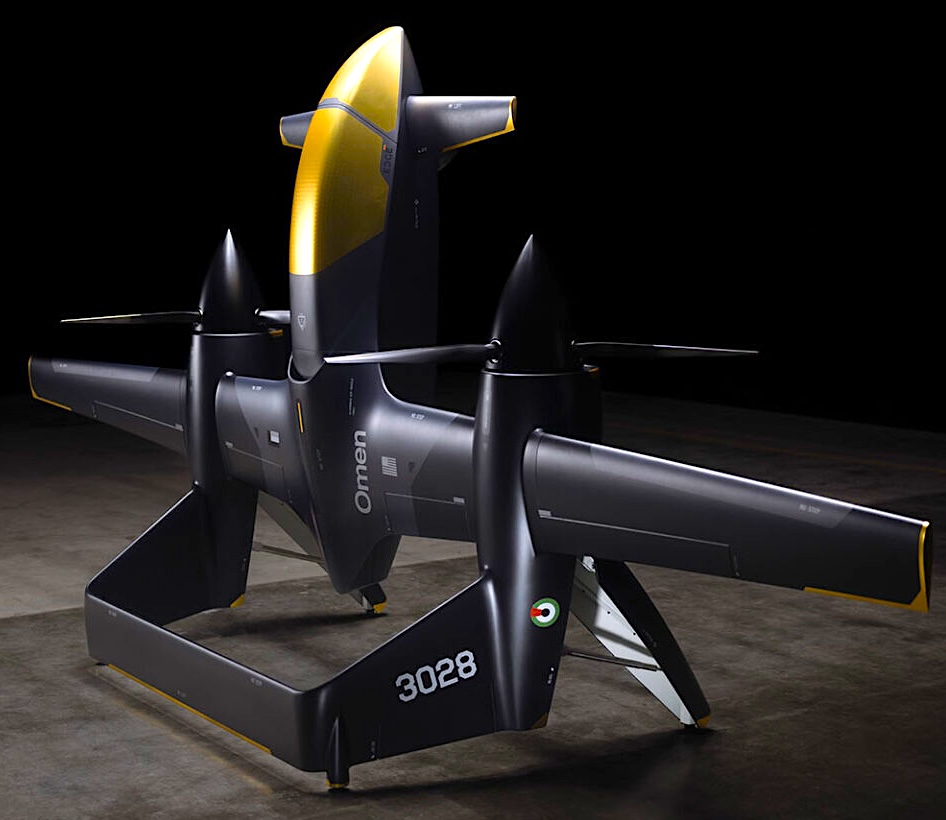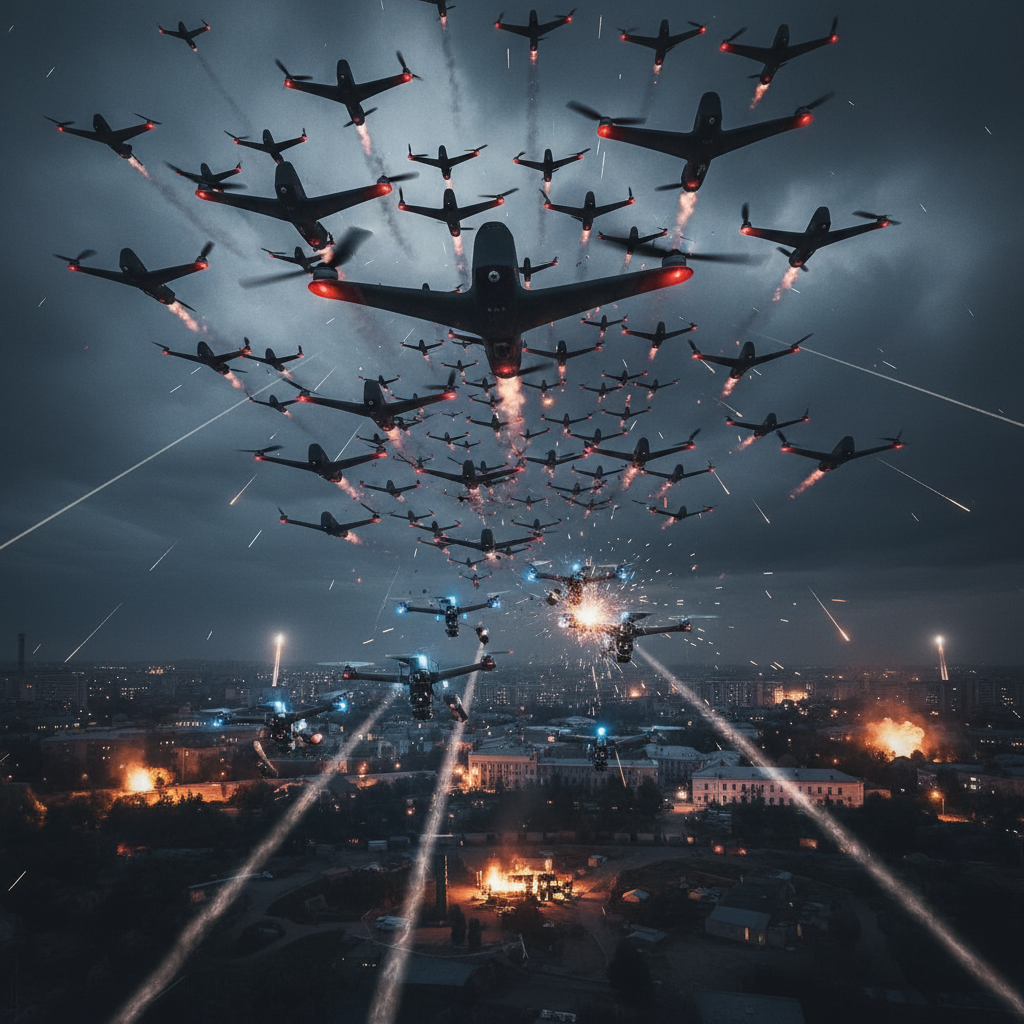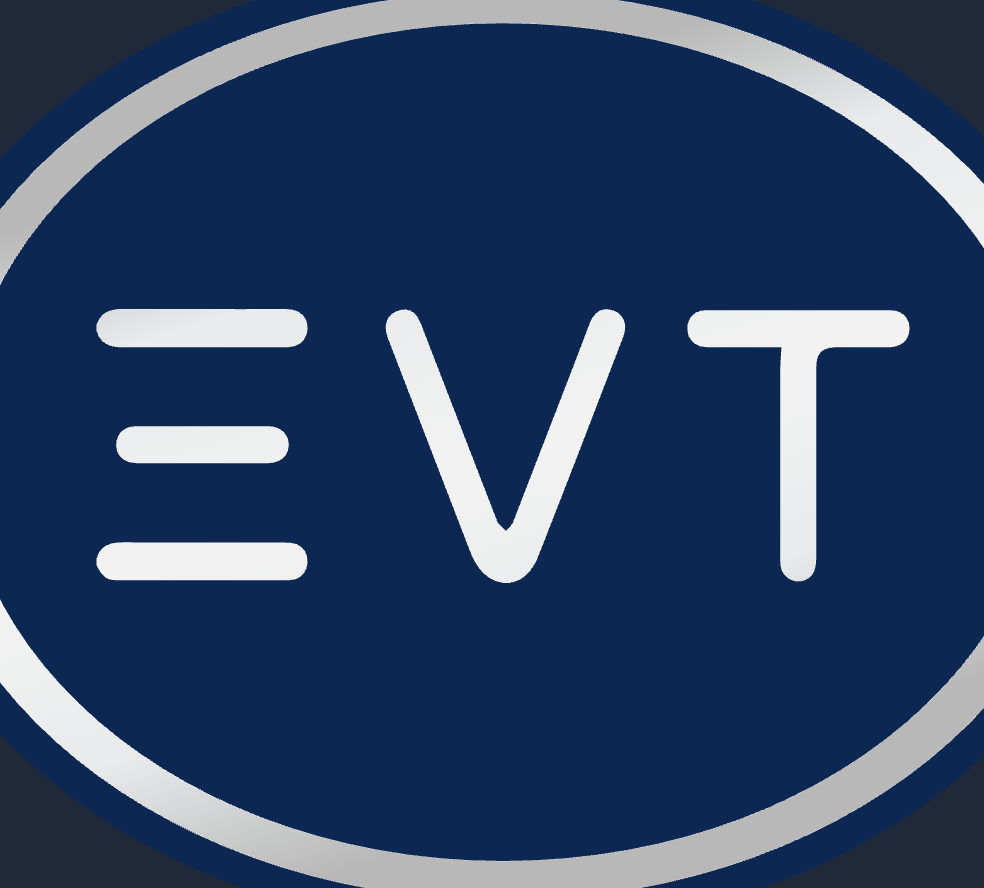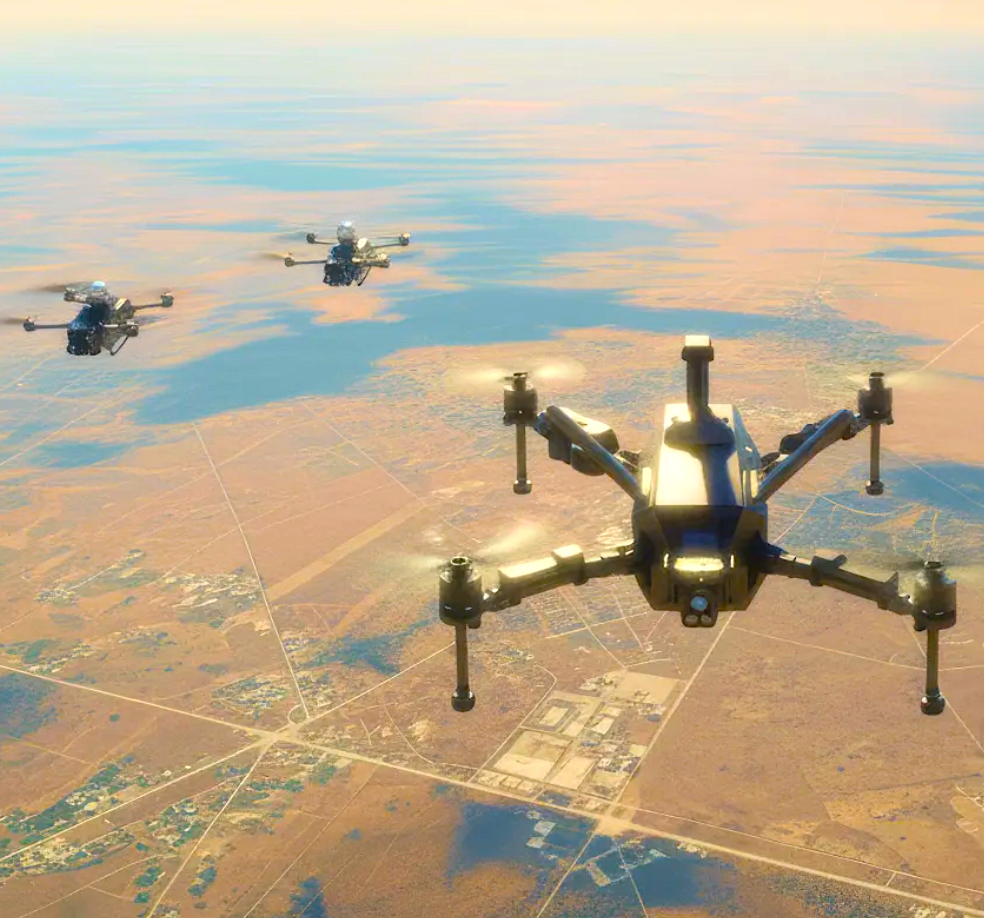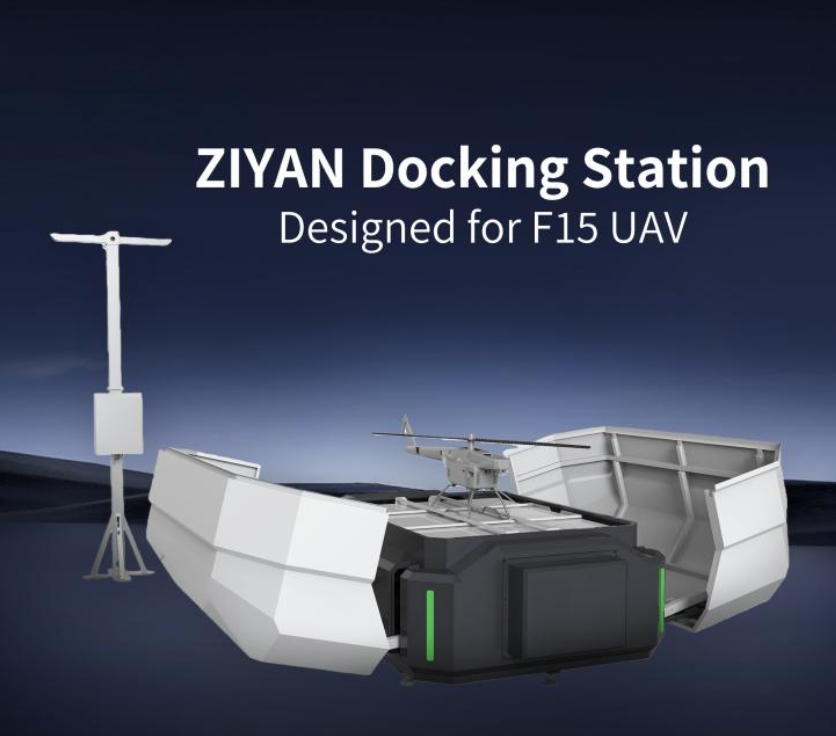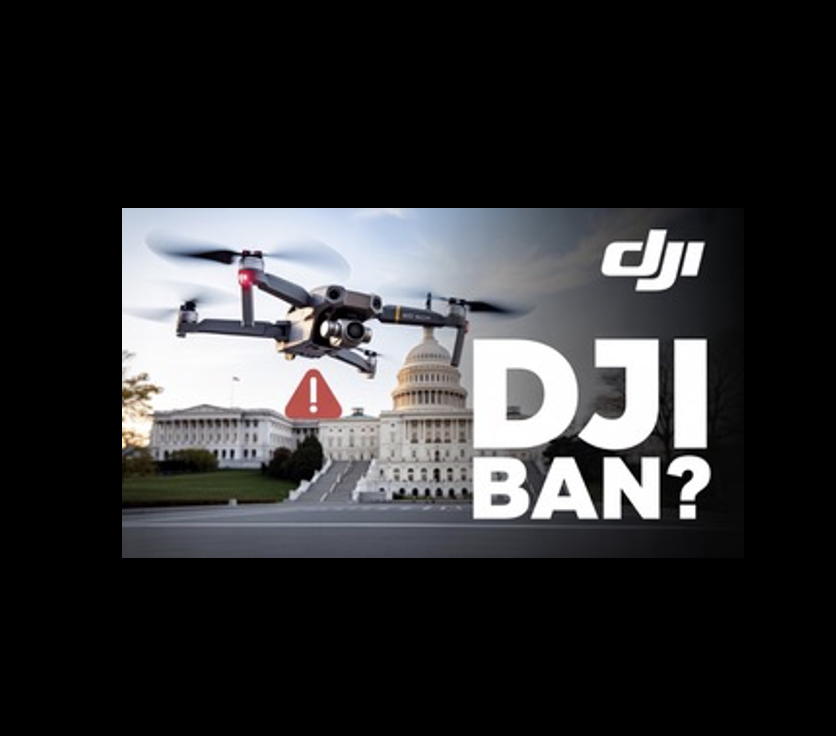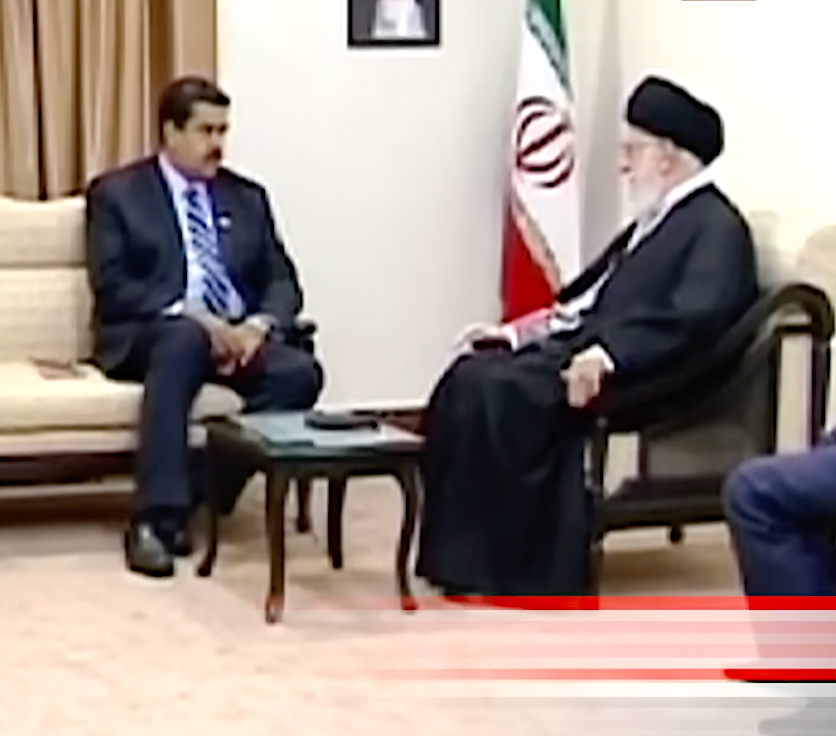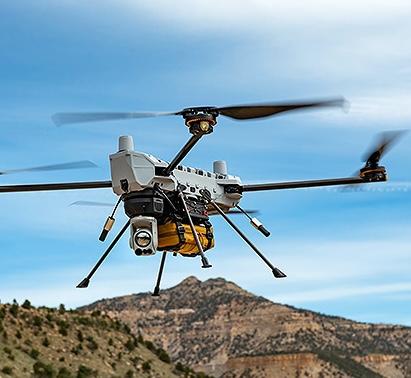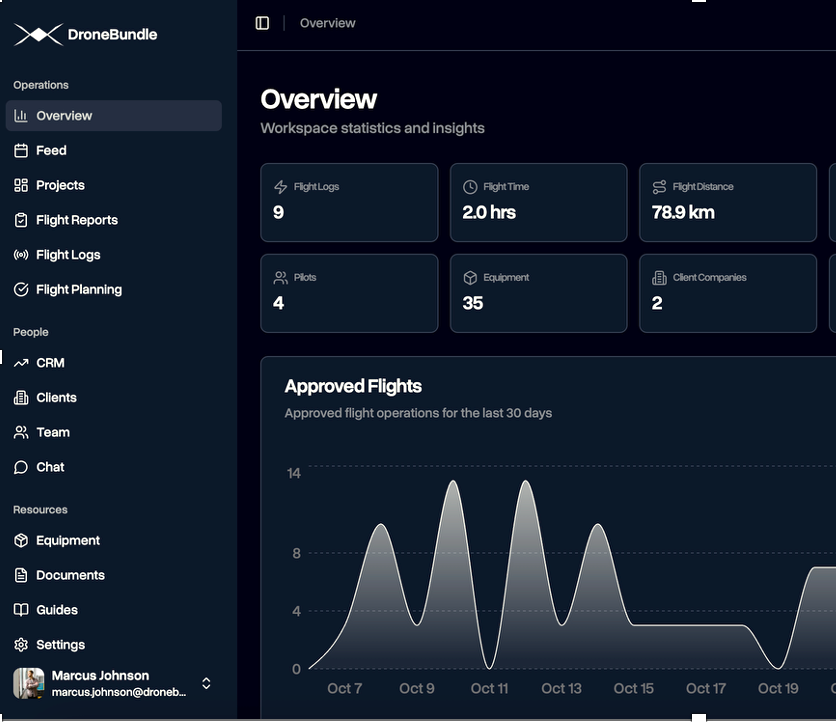Featured NewsTrending NewsThe License Illusion
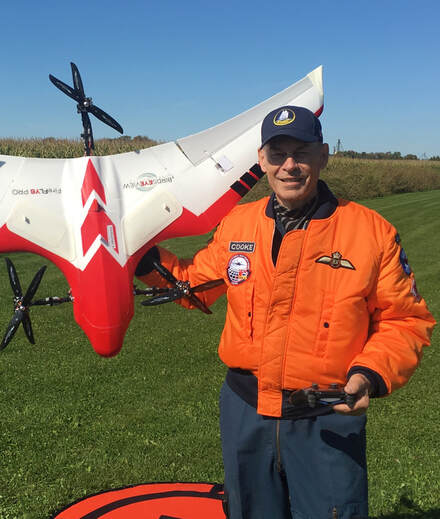
13 November 2025
Listen up. We have a problem. Despite all our advanced technology, AI, and shiny new pilot’s license, the commercial drone sector has a critical blind spot. We are all neglecting airmanship. I mean REAL Airmanship. Not the stuff of celebrity dare devils, rather aviators like Apollo Astronaut, Frank Borman. He’s often cited as having said “A superior pilot always relies on his superior judgement to avoid situations that might require the use of his superior skills.”
In traditional aviation, airmanship is the unseen backbone of every safe operation. In UAS, across the board, we are failing to educate, prepare, and assess our pilots in this fundamental dimension.
I am here to tell you that regulatory compliance and technical skill are not enough. Without structured cognitive restraint—what we in aviation call “airmanship”—this industry will remain vulnerable to safety events and human factors breakdowns.
As a former combat flying instructor and UAS test pilot, I am not here to just rant on he diagnosis but offer a solution from the cockpit, not the classroom. This isn’t about more regulation. It’s about building a better drone pilot corps.
An Erosion of Pilot Judgment
In unmanned aviation, the checklist has become a symbol of professionalism. But it is misunderstood. It's treated as a safety valve, not a living tool for judgment. This overreliance on a pieces of paper like a license or a checklist is a symptom of a deeper disease: the erosion of pilot judgement and decision-making.
From my perspective, the illusion of procedural compliance masks a lethal lack of disciplined airmanship. Operator stress distorts decision-making as well as crew cohesion, and without resilience training, small mistakes become accidents.
The current licensing system fails to assess judgment training and the psychology of command. Basic flight schools produce certified pilots who know the rules but make bad decisions. Operational training is left to corporations focused on sensors and software, not self-awareness, resilience, or discipline. This is a serious cultural drift from traditional aviation norms. We need a new training model that puts human factors, decision-making, judgment and accountability back into the heart of the mission.
The Problem: Procedural Compliance Without Cognitive Engagement
A checklist, properly used, is a cognitive aid often used as a crutch. In practice, drone pilots treat it as a bureaucratic hurdle. They read it without reflection. This rote behavior creates a dangerous illusion: that safety lies in the document, not the mindset of the operator.
Their training reinforces this. Pilots are taught to “use a checklist,” but never challenged to ask why. The result is a generation of operators who can recite procedures but can’t adapt under pressure.
The low entry bar of drone tech and automation has created a paradox. The platforms are easy to fly, but the required psychological discipline has not kept pace. Even many regular pilots equate technical proficiency with airmanship, but UAS pilots mistake the ability to launch and land for mastery. This is reinforced by the absence of personal risk and the seductive reliability of automation.
Hence, Apollo Commander Frank Borman’s famous quote. Yeah, go back and read it again. It’s okay, I’ll wait. . . .
Understand the depth of that sentiment better now?
Airmanship is not defined by the absence of accidents. It is defined by the presence of discipline. It is the quiet commitment to preparation and self-awareness that prevents incidents. This is what’s missing.
The consequences are persistent. Many pilots don’t prepare or conduct proper mission briefs, they under estimate weather, and many blindly trust return-to-home functions. They operate fatigued or distracted. When things go wrong, they blame the system, not their own decision-making breakdown.
This isn't due to malice. It is the natural outcome of a training culture that prizes compliance over self-awareness. Pilots follow orders, and don’t prioritize their own judgment.
The Distortion of Judgment Under Stress
Stress is not a hypothetical condition. It is a constant companion. It alters how pilots perceive and act. Under stress, the brain narrows its focus and often distracts it too. This is when checklists and Initial Actions or IA’s are most needed. (should have been practiced recently) —and too often fumbled.
In drone ops, where the pilot is removed from the aircraft and often alone, these effects are magnified. A lack of prepared emergency responses precipitates instinctive, often wrong, reactions.
Stress erodes the core of airmanship: humility and accountability. A stressed pilot skips steps. A resilient pilot acknowledges their limits. This is where Adversity Quotient (AQ) training is critical. It measures your ability to adapt to the unexpected across four areas: Control, Ownership, Reach, and Endurance (C.O.R.E.). Knowing how you personally respond to stress teaches you how to be prepared and resilient under pressure, to make better decisions before it becomes an emergency.
When Checklists Fail to Protect
Multiple factors erode airmanship. The Dunning-Kruger effect is the classic response when inexperienced operators overestimating their skill. Outcome bias has them judging decisions by results, not process. Automation bias further fosters complacency.
Worst of all, the cultural drift means many drone pilots have never been exposed to the discipline that defines professional aviation. Unlike the manned world, with its culture of briefing and self-assessment, drone ops are all too often spontaneous, solitary and unstructured. Also, the absence of a cockpit and risk of imminent death, removes the psychological scaffolding for disciplined decision-making.
Consider these cases:
- Case 1: The Unmodified SOP. A pilot used a generic checklist that didn’t account for ensuring the SD Card was installed and formatted. Now doing it in the air wasting electrons and not pay attention to the drone’s behaviour lead to loss of the machine due to a bird strike. Despite the fact he wasn’t looking, he continued to claim "well it wasn’t on the checklist.” The drone crashed. He did not adapt his pre-takeoff routine or exercise judgment.
- Case 2: The Stress-Induced Shortcut. During a urgent rescue, a pilot rushed his pre-flight. He missed a battery warning, leading to an auto-landing in the middle of a parking lot - a hazardous area. Stress created tunnel vision, crowding out discipline.
- Case 3: The Checklist as an Excuse. A BVLOS pilot encountered bad weather but continued, stating the SOPs "didn't say to abort." The investigation found he was not "Fit-to-Fly"—his recent flight experience carrying that new sensor was minimal and in different weather conditions. The checklist became his shield for his own poor judgment.
In each case, the procedure was followed, but the airmanship was absent.
The Solution: Airmanship as a Human Discipline
To fix this, we must move beyond just licensing. We need operational airmanship training that emphasizes disciplined decision-making, judgement and personal readiness. This requires a shift from procedural instruction to cognitive development. Pilots must be taught not just what to do, but why, when to adapt, and how to own and improve their own limitations.
This means:
• Checklist Customization: Pilots must personalize checklists ( not just Pre-takeoff but Mission Checklists) for their type of mission. This fosters engagement and accountability.
• Stress Inoculation: Train pilots to recognize how their own response to stress distorts their perception and judgment. Give them the tools to improve resilience and maintain clarity.
• Judgment Drills: Make emergency IA drills mandatory. Pre-Brief and interrupt flights with simulated emergencies. Force pilots to exercise discretion in ambiguous scenarios where the checklist fails.
• Brief/Debrief Culture: Embed structured reflection into every mission. This “de-brief” feedback loop is non-negotiable for improvement, including the wildly successful flights.
• Fit-to-Fly Readiness: Integrate a 30-second self-assessment into every pre-flight that includes more than IAMSAFE (ask me how). The human must be as mission-ready as the machine.
Airmanship must be reframed as a mindset—disciplined, decisive, and deliberate. This training must address human performance: physiology, psychology, cognitive bias and metabolism. It must develop personal accountability through tools like AQ and mindfulness tuning of your own situational awareness skills and experience.
This is not theory. These rock solid principles are being taught now in programs built on Discipline, Accountability, Fit-to-Fly, and C.O.R.E. readiness. They are grounded in the lived experience of combat aviation, where the cost of failure is final.
Conclusion
The checklist is a symptom. The disease is how we teach drone pilots to fly. When a license is treated as rule compliance, it becomes a hollow ritual. When discipline becomes central, airmanship becomes the cornerstone of safety.
In this age of AI and self-flying drones, where the cockpit is virtual but the risks are real, we must reclaim human discipline. We must teach UAS crews how to think, to adapt, and to take responsibility for every decision that shapes a flight.
The future of unmanned aviation depends on not just better technology, but on better humans. The margin for error is shrinking. The only way to ensure safety is to cultivate a generation of UAS pilots who think like aviators—even if their feet never leave the ground.
Stop asking if a pilot is licensed. Start asking if they are disciplined and resilient. Reclaim airmanship. It has always been the foundation of flight.
About David Cooke
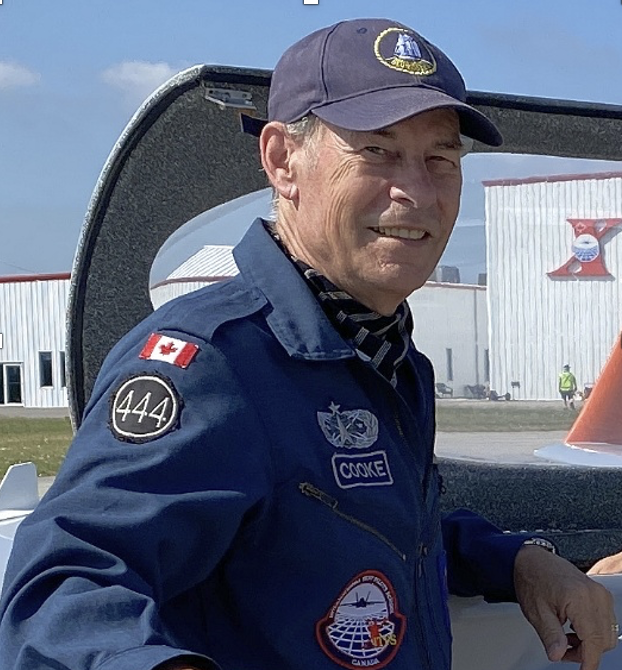
David Cooke, is a former Combat Flying Instructor and UAS Test Pilot with over 30 years of experience in manned and unmanned aviation. He has served in both military and civilian capacities, including operational deployments and advanced flight test programs. He is the founder of 3DAirmanship.com, and author of the 3D Airmanship Program ( a 60 day transformational program for developing good judgement and Airmanship), where he continues to advocate for professional standards in drone operations and airmanship education throughout the aviation community.
